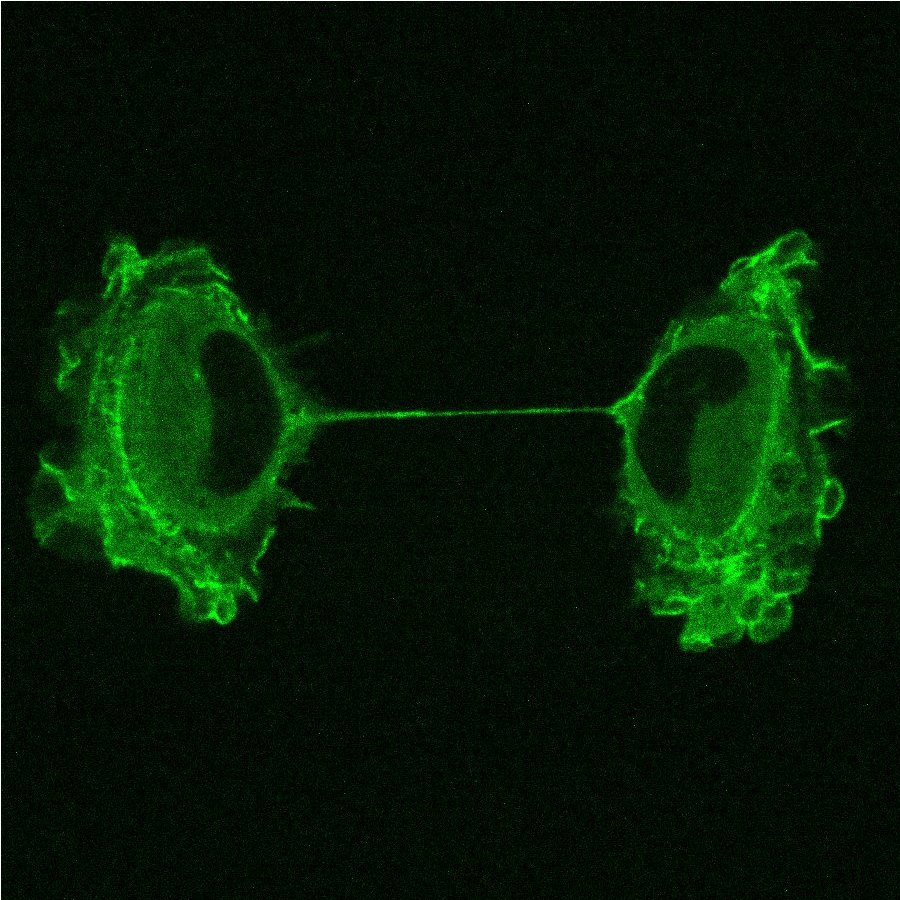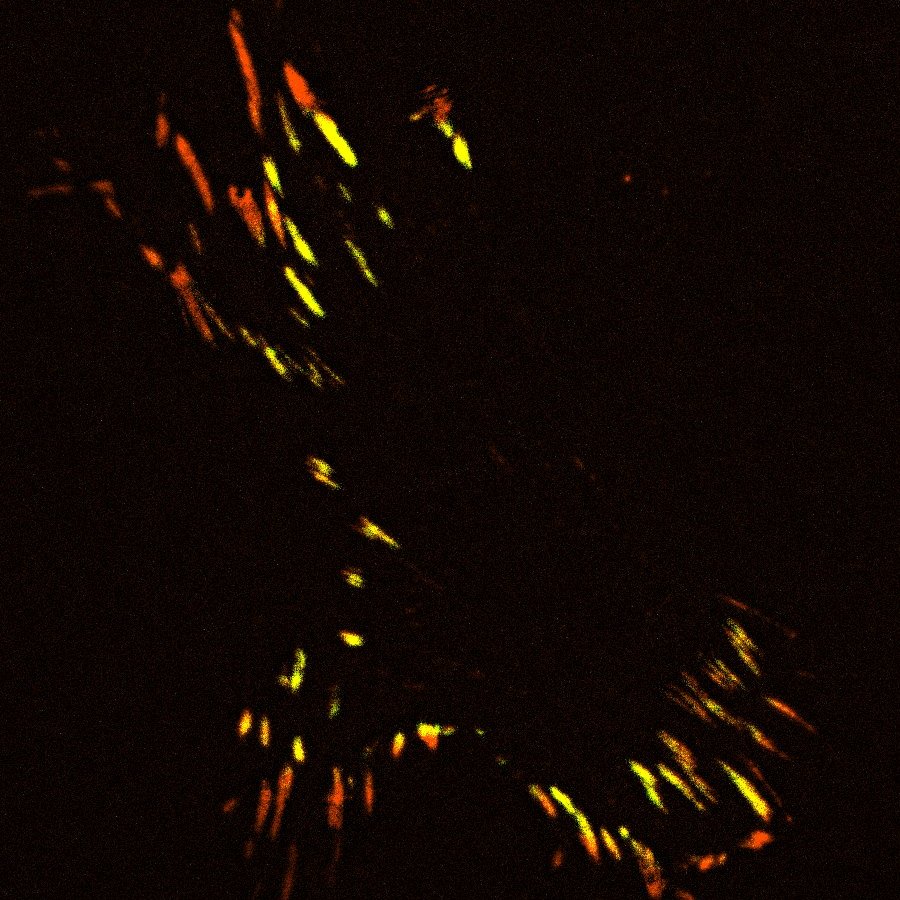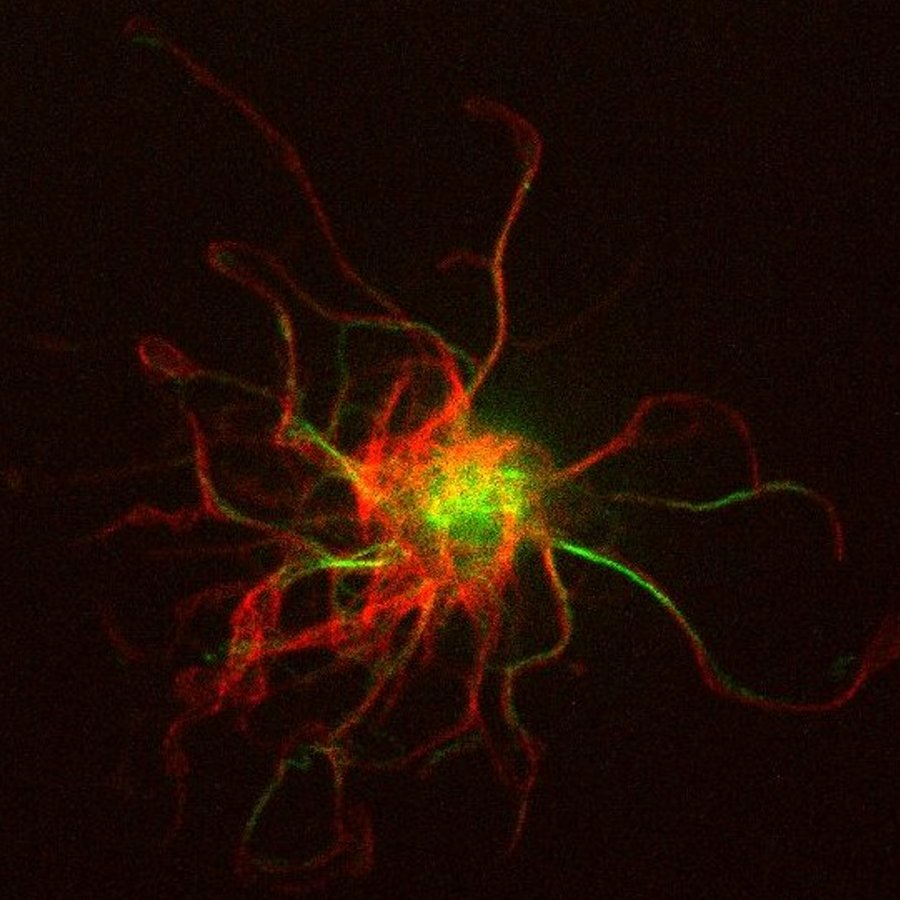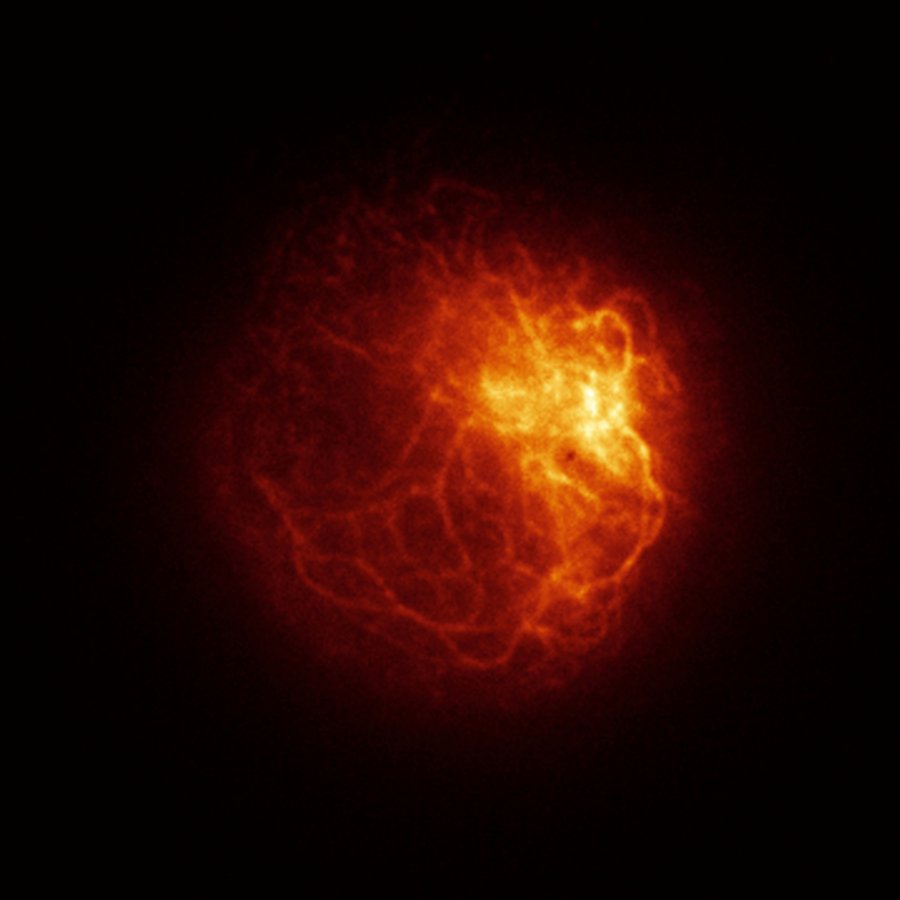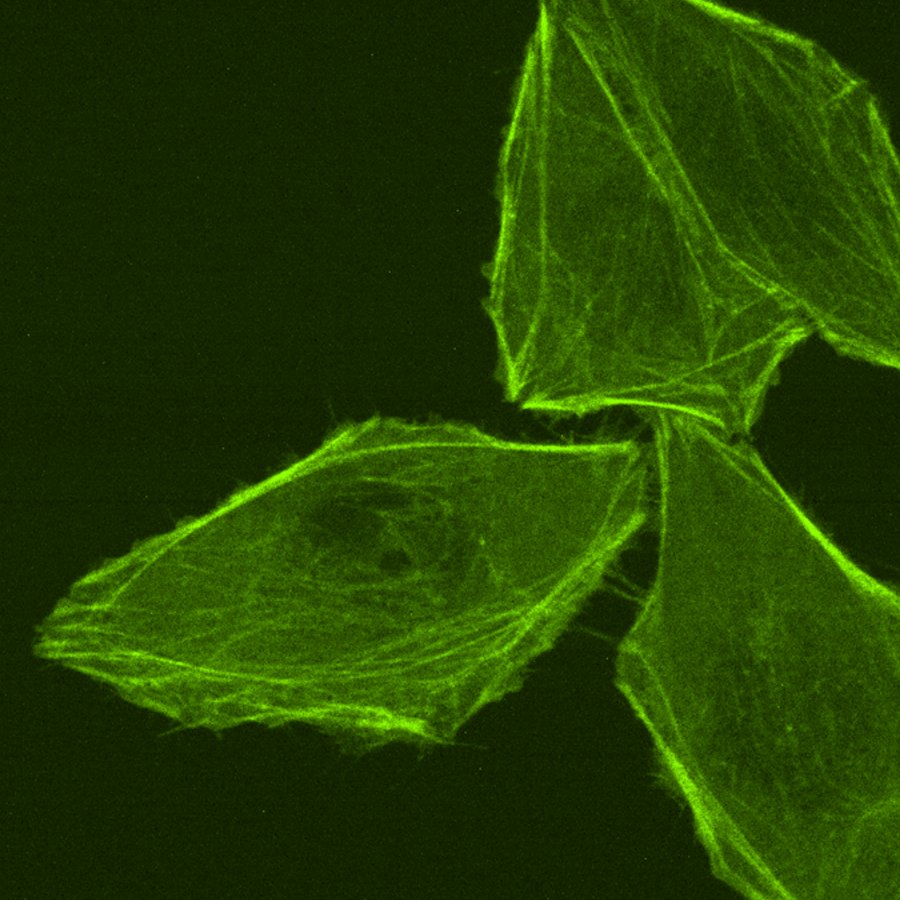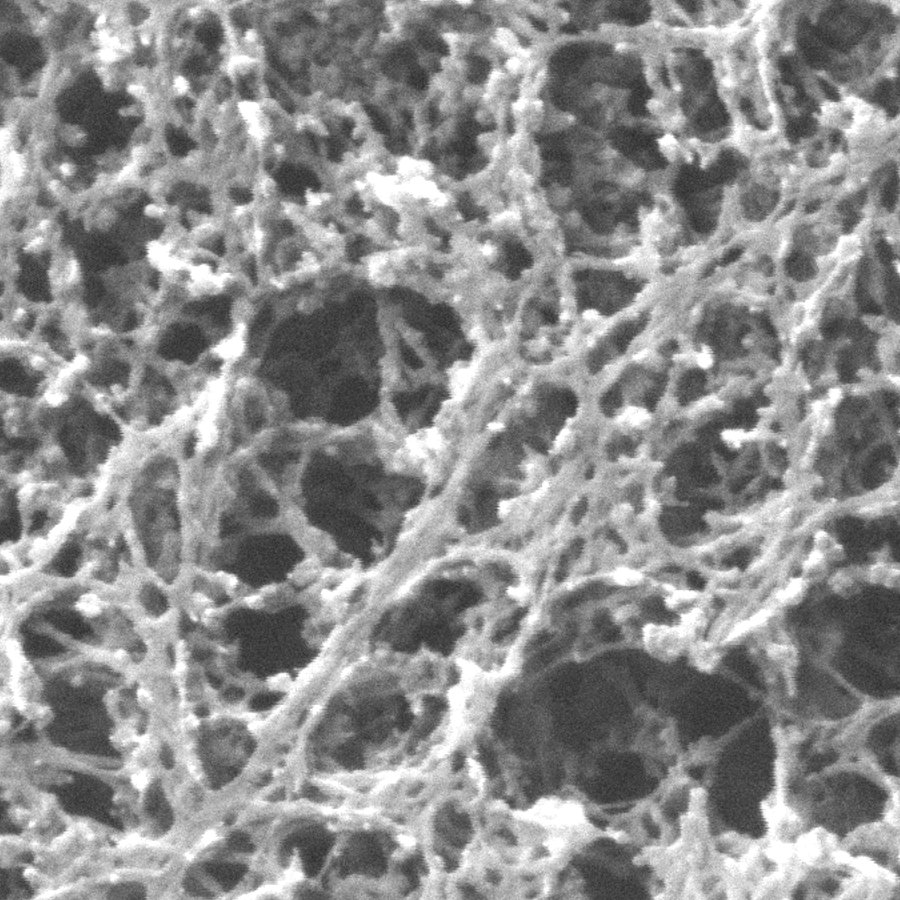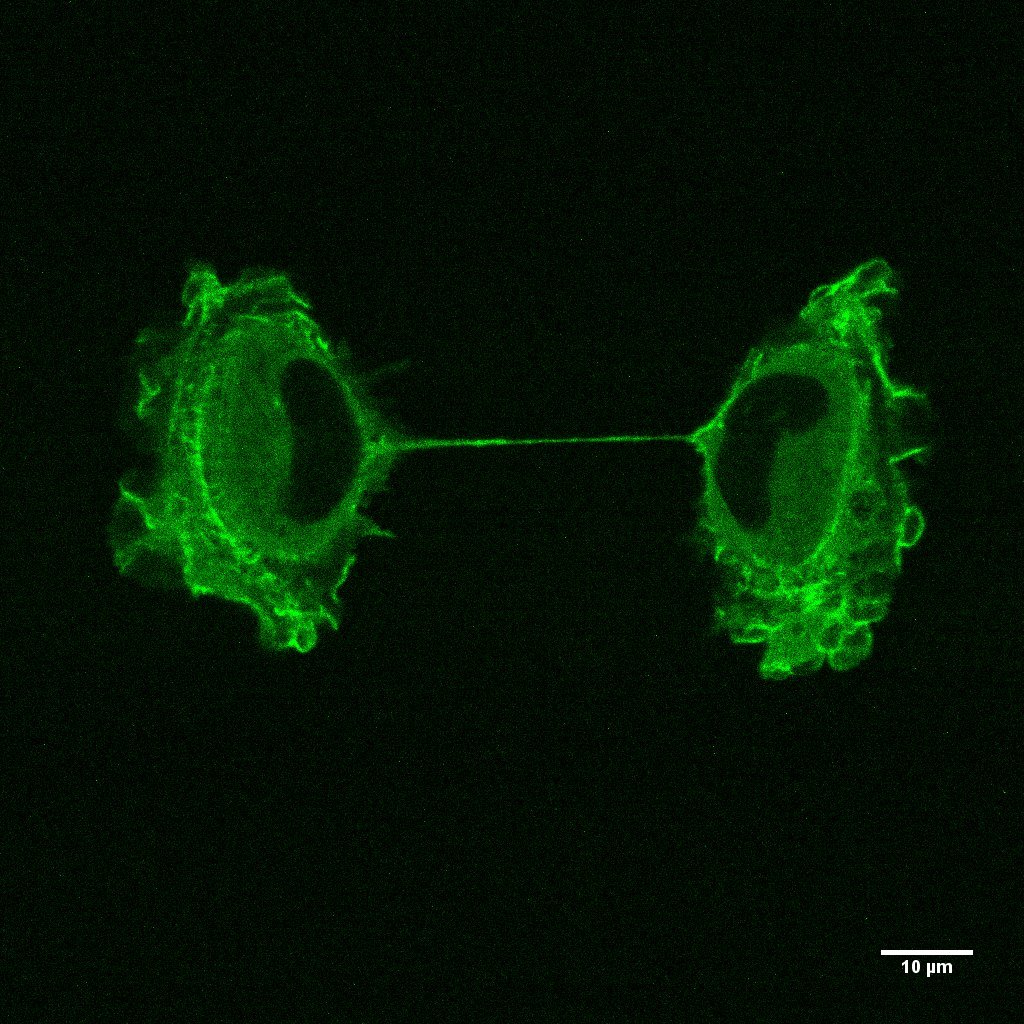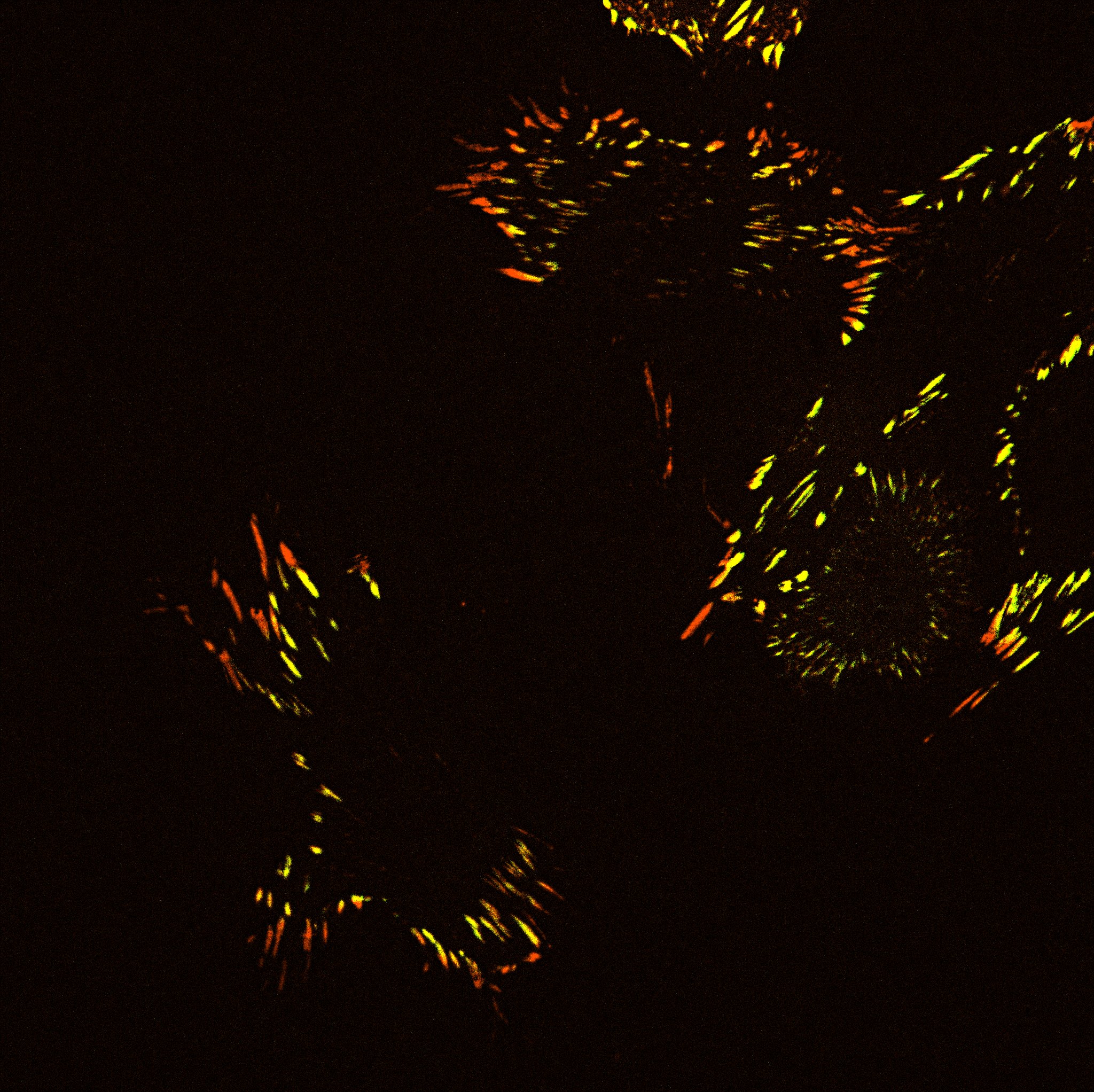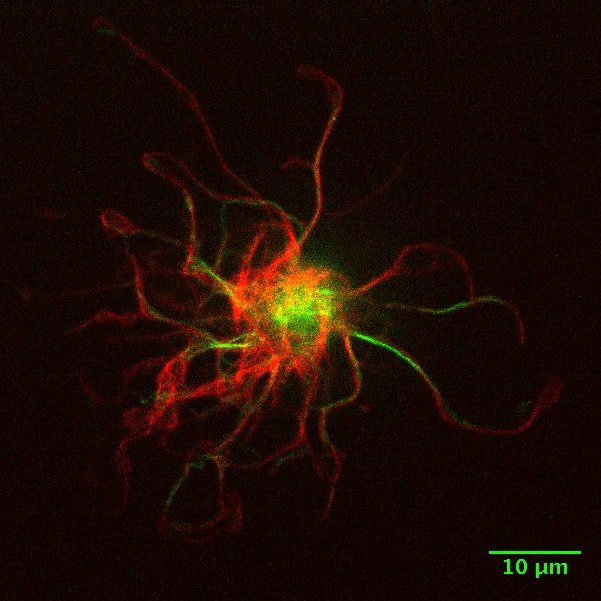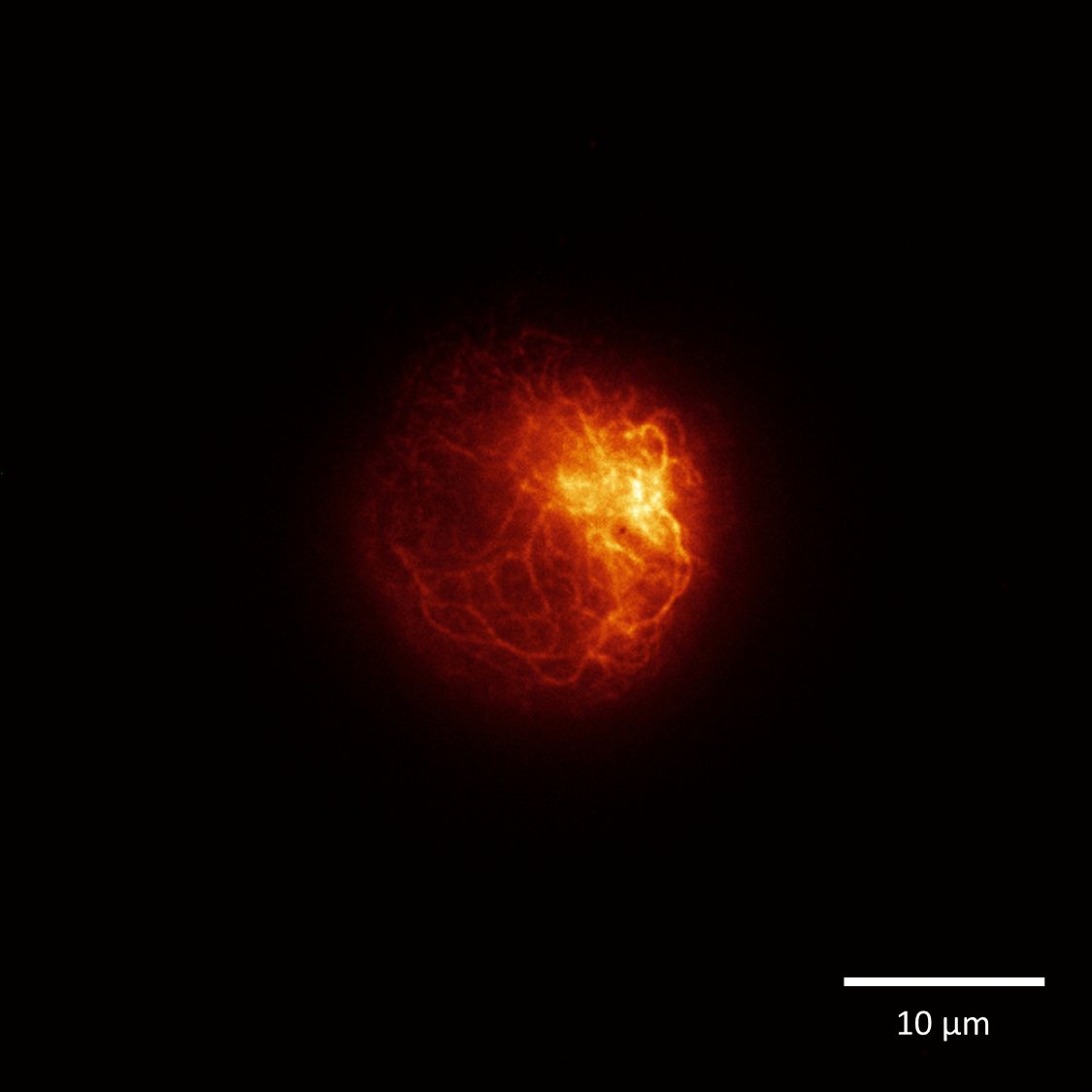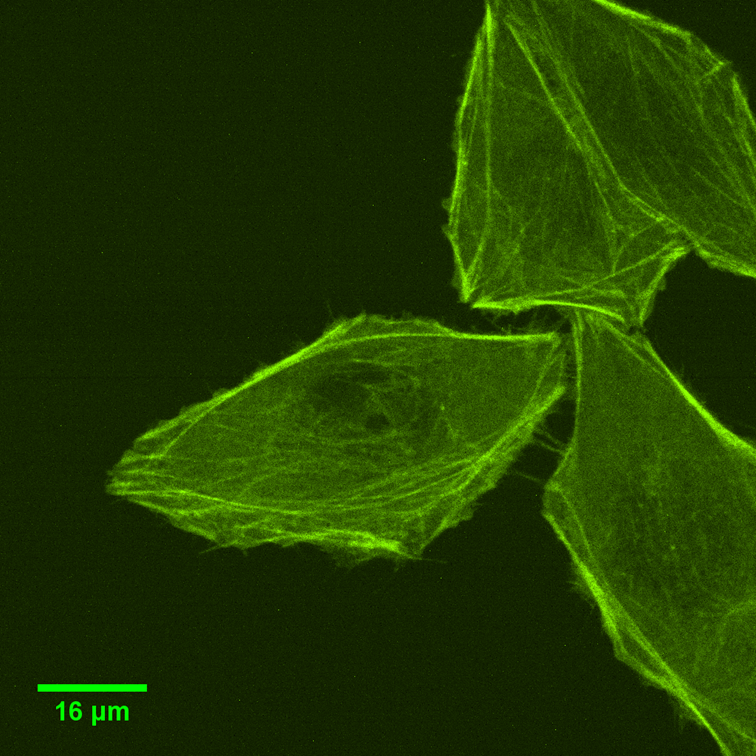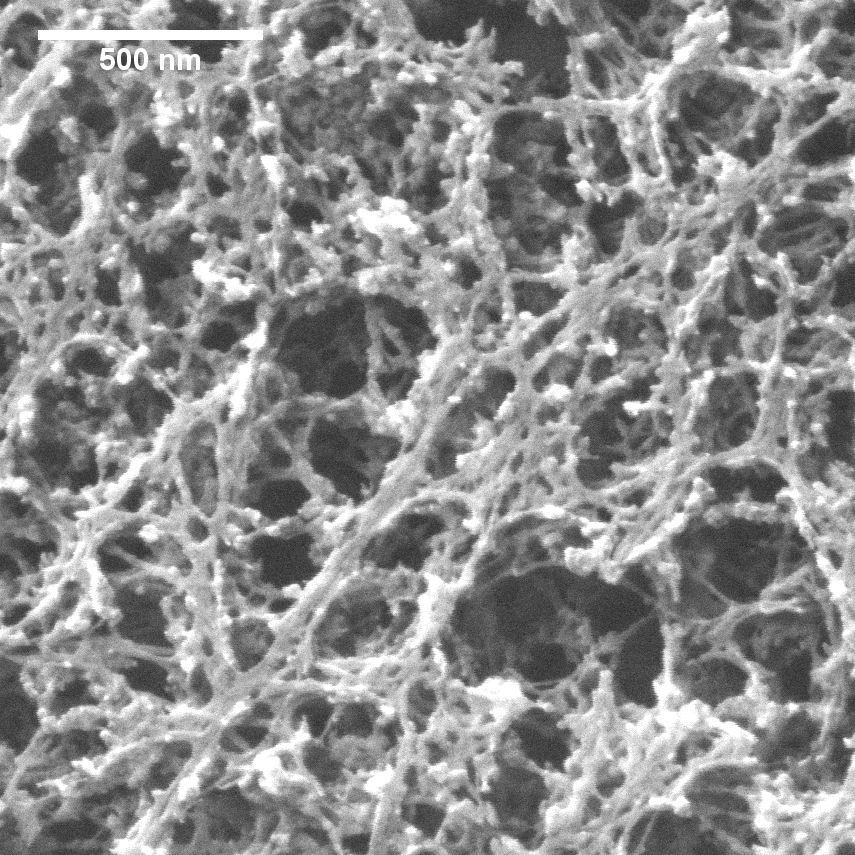Luiza Stankevicins, PhD
Research Topics
Contact Information
Vita
Luiza Stankevicins is currently interested in the role of vimentin during leukocyte amoeboid migration. She completed her PhD in Molecular and Cell Biology at Université Paris-Sud XI, France in 2002, where she studied the role of miRNAs in DNA repair and cell invasion during breast cancer progression. She is proficient in molecular and cell biology techniques including cell culture, cell transfection, RNA silencing, immunostaining, 3D collagen culture and invasion assays, including vector preparation-plasmid cloning, extraction, and sequencing; gene expression analysis–qRT-PCR, microarray and western blot.
Selected Publications
Stankevicins, L., et al., MiR-34a is up-regulated in response to low dose, low energy X-ray induced DNA damage in breast cells. Radiat Oncol, 2013. 8(1): p. 231.
Dmitriev, P., et al., Defective regulation of microRNA target genes in myoblasts from facioscapulohumeral dystrophy patients. J Biol Chem, 2013. 288(49): p. 34989-5002.
Dmitriev, P., et al., The Kruppel-like factor 15 as a molecular link between myogenic factors and a chromosome 4q transcriptional enhancer implicated in facioscapulohumeral dystrophy. J Biol Chem, 2011. 286(52): p. 44620-31.
Stankevicins, L., et al., Cytotoxic, mutagenic and antimutagenic screening of Arenosclera brasiliensis acetone and ethanol extracts. Genet Mol Res, 2008. 7(2): p. 542-8.
Stankevicins, L., et al., Genotoxic and antigenotoxic evaluation of extracts from Arenosclera brasiliensis, a Brazilian marine sponge. Toxicol In Vitro, 2008. 22(8): p. 1869-77.
Aiub, C., et al., Genotoxic evaluation of extracts from Aplysina fulva, a Brazilian marine sponge. Mutat Res, 2006. 611(1-2): p. 34-41.
Aiub, C., et al., Genotoxic evaluation of a vinifera skin extract that present pharmacological activities. Food Chem Toxicol, 2004. 42(6): p. 969-73.
